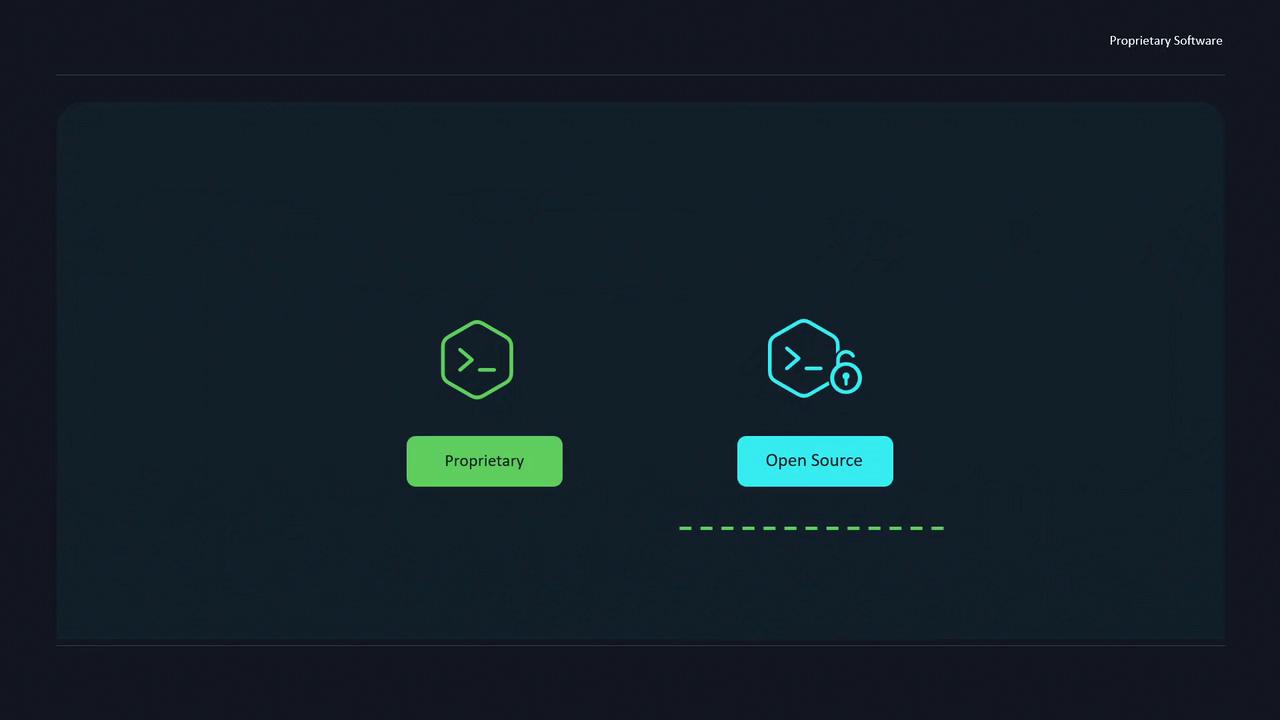Open Source for Beginners
Open Source
Proprietary Software
Proprietary Software
Proprietary software refers to applications and operating systems distributed under restrictive licenses, where the publisher retains exclusive rights to the source code. In the early days of computing, vendors enforced legal protections—often via non-disclosure agreements (NDAs)—to prevent unauthorized access or modification.
Note
Users must agree to End User License Agreements (EULAs) before installing or using proprietary software.

Key Characteristics
- Closed Source: The source code is not publicly available.
- Licensed Use: Redistribution, modification, and reverse engineering are restricted.
- Vendor Support: Updates, patches, and technical support are provided by the owning company.
Popular Proprietary Operating Systems
| Operating System | Vendor | License Type |
|---|---|---|
| macOS | Apple Inc. | Proprietary License |
| Windows | Microsoft Corp. | Proprietary License |
Warning
Relying on proprietary software can lead to vendor lock-in and ongoing licensing costs. Assess long-term maintenance and upgrade fees before committing.
References
Watch Video
Watch video content